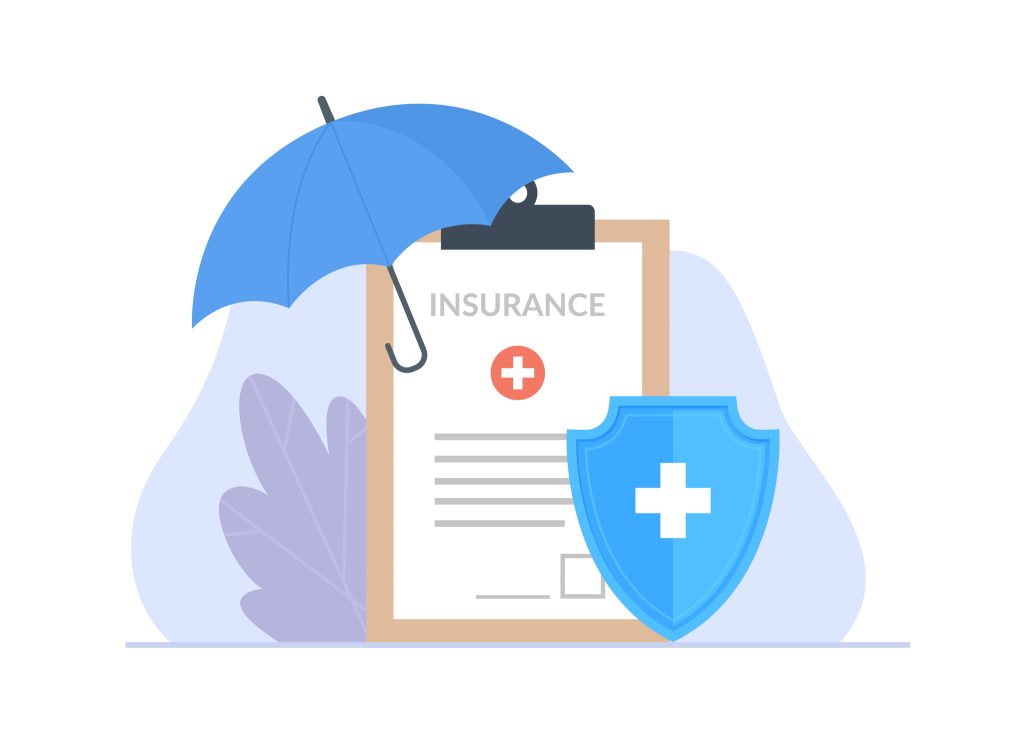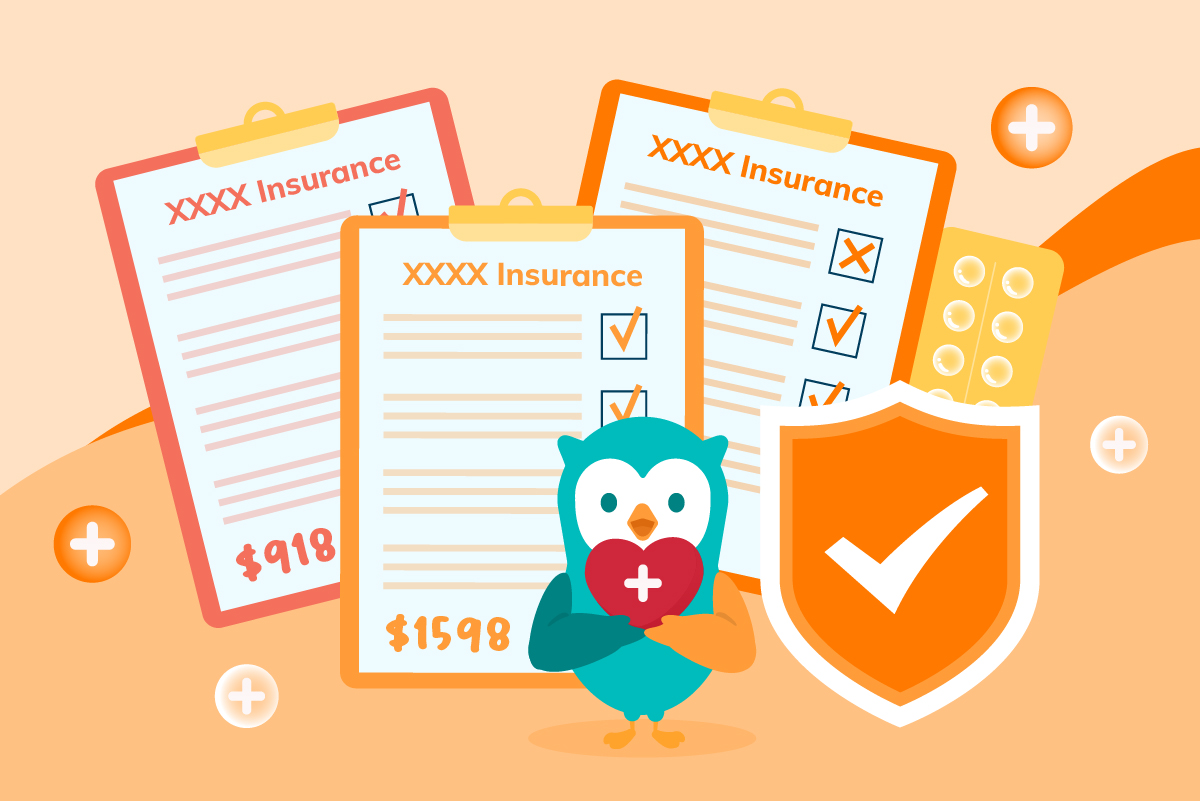By Chuin Ting Weber, CFP, CFA, CAIA
CEO & Chief Investment Officer, MoneyOwl
As an individual and as an adviser, I do not like it that terms of a “national scheme plus” type of insurance like the Integrated Shield Plan (IP) change so much.
But we are “product takers” and “price takers”.
So we do the next best thing when things are outside our control.
Which is to recognise the trend and then (after complaining, if it helps), take the wisest action under our control.
The trend is clear:
Individuals will have to absorb much of the pain of the unwinding.
The system is trying to break that vicious cycle of high medical charges because there’s insurance to pay for it in the private hospital space, pulling up everything.
Price is the distribution mechanism here.
As it becomes too unaffordable, some patients will downgrade and change doctors.
I hope that the public healthcare system is able to absorb it.
I’ve no doubt about the quality of public healthcare in Singapore, but capacity worries me somewhat.
But I assume the powers-that-be have it under control.
What now is for us as individuals?
The most important thing to understand about health insurance is that it’s not like most things (financial literacy 101!)
With health and life insurance, you CANNOT drop and then buy back or upgrade at will or only when you need.
There’s no pay-only-when-you-use concept.
Once you have any condition, even a poor health reading – you can’t buy that insurance anymore, because the insurer can’t take that known risk of losing money on you.
That’s how it works: that there are enough healthy people paying enough overtime to cover the claims of those who become ill.
Otherwise, insurers go out of business.
1) So, buy the best Integrated Shield Plan you can afford as early as possible.
Insure your insurability.
(MoneyOwl has written before why even a B1 plan is worth having – in comments. It’s to do with how you can’t always choose subsidised treatment.)
2) Be prepared to downgrade in future
3) Don’t depend only on insurance to safeguard your lifestyle. Save and invest.
Because of sometimes, you need to insure against insurance’s disappointments.
Like when premium increases skyrocket (and you have no choice) or when coverage gets cut.
If the disappointment doesn’t happen, you enjoy the money.
So perhaps, growing wealth is still the best insurance.
Not just a safety net, but also a trampoline. 🙂
Take action and build that trampoline.
With reference to The Straits Times article: Link here

Subscribe here for our soon-to-come and free OwlHoots on financial planning insights and analysis.
Disclaimer:
While every reasonable care is taken to ensure the accuracy of information provided, no responsibility can be accepted for any loss or inconvenience caused by any error or omission. The information and opinions expressed herein are made in good faith and are based on sources believed to be reliable but no representation or warranty, express or implied, is made as to their accuracy, completeness or correctness. The author and publisher shall have no liability for any loss or expense whatsoever relating to investment decisions made by the reader.




